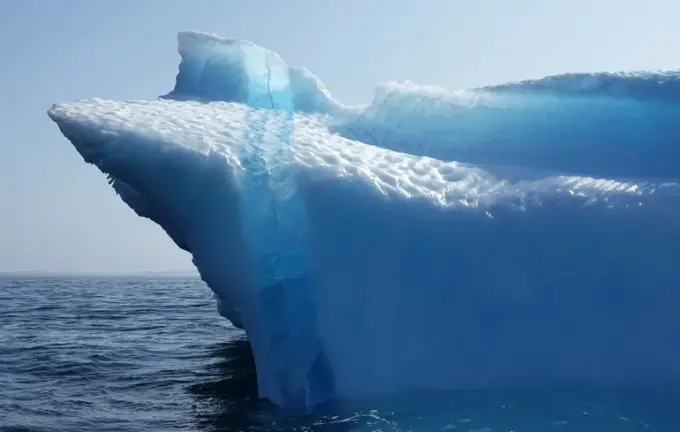Discovery of Mysterious Life Beneath Arctic Ice: A Breakthrough That Alters Our View of Climate and Ecosystems

Recent studies have led to an unexpected discovery: beneath the thick layer of Arctic sea ice, scientists have uncovered forms of life previously thought impossible in such extreme conditions.
These specialized microorganisms, capable of fixing nitrogen from the air, thrive in the cold, dark depths beneath the ice cover.
Known as nitrogen fixers, they are vital components of the supporting ecosystems.
Until now, it was believed that only in warm ocean waters could such bacteria survive, but new research proves otherwise: these microscopic entities can exist in regions where the availability of nitrogen is considered unreachable.
This revelation holds potentially global implications: increased bacterial activity in Arctic waters may lead to changes in the marine food chain and an increase in algae growth, affecting atmospheric carbon levels.
Communities near the ice edges observe significant nitrogen-fixing activity, indicating that as glaciers melt faster due to climate change, the number of these microbes will likely increase.
This will impact the entire Arctic marine ecosystem and may intensify climate change effects, as the proliferation of phytoplankton (which serve as primary food sources for small crustaceans and fish) will absorb more CO₂.
Additionally, the ongoing melting of ice masses is altering the shape of Arctic islands, bringing about rapid environmental transformations that highlight the urgency of addressing global warming and its regional consequences.

